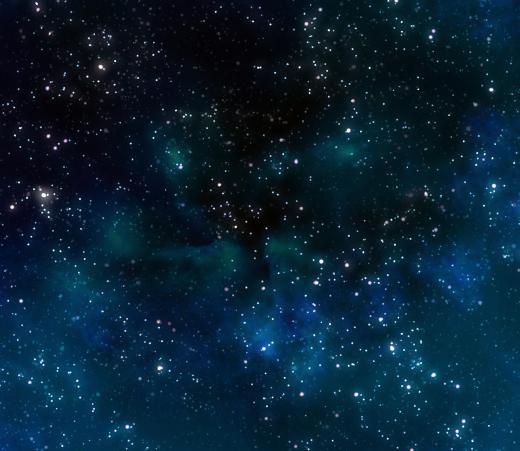What is a Red Dwarf?
 Michael Anissimov
Michael Anissimov
Red dwarfs are small, relatively cool stars that are the most numerous type of star in our galaxy, if not the universe. This is difficult to verify because red dwarfs are not very luminous (ranging from 0.01% to 10% the luminosity of the Sun), making it difficult to observe them from astronomical distances. Proxima Centuari, the closest star to the solar system, is a red dwarf.
Red dwarfs have a mass between 7.5% and 50% that of the Sun. More massive stars are called yellow dwarfs, while less massive are called brown dwarfs. All dwarfs are part of the most common class of stars, known as the "main sequence". Outside the main sequence are white dwarfs, which have exhausted their nuclear fuel, and giant stars, which swell up to form stellar nebulae or explode into supernovas.

A red dwarf uses the same nuclear fusion reaction as the Sun to generate energy: fusion of hydrogen into helium through the proton-proton chain interaction. But because red dwarfs are less massive, their core is less compact and the reactions proceed at a slower pace than in larger stars. Thus, the surface temperature of a red dwarf is less than 3,500K, significantly than the Sun's surface temperature, which is about 5,778K.
Red dwarfs are small enough to be fully convective, meaning that the material in the core and the surface gets recirculated constantly. Because of this, red dwarfs are able to burn a larger proportion of their nuclear fuel than more massive stars. In combination with the low rate of nuclear reactions from their low compression, this gives red dwarfs tremendous lifespans: from tens of billions to trillions of years depending on mass.
One mysterious thing about red dwarfs is that they lack what are called "metals" in astronomy parlance, meaning elements other than hydrogen or helium. As most stars in the universe are born from supernova detritus, which contains many metals, one would expect all stars except the very first stars in the universe to contain heavier elements. Yet they are nowhere to be found in red dwarfs.
AS FEATURED ON:
AS FEATURED ON:











Discussion Comments
I cannot imagine being an astronomer and physicist, constantly discussing the "lifespans" of things like red dwarf stars or other types of stars, which can exist for trillions of years. I can barely think about a year from now, let alone a lifespan of the sun from now.
There is a ridiculous, parody-type science fiction show from Great Britain called Red Dwarf. My dad used to watch it when I was too small to understand most of it, so I thought that a red dwarf was a type of space ship, or maybe a kind of person, or something similar.
It wasn't until I got much further in school and in sciences that I discovered it was a type of star, and that the ship in the television show had been named after that.
It's interesting the way that the things we misunderstand as children can affect our knowledge for years to come.
Post your comments